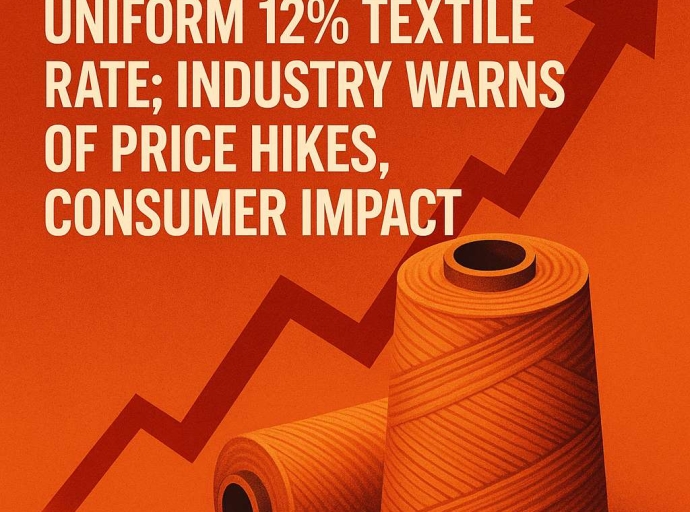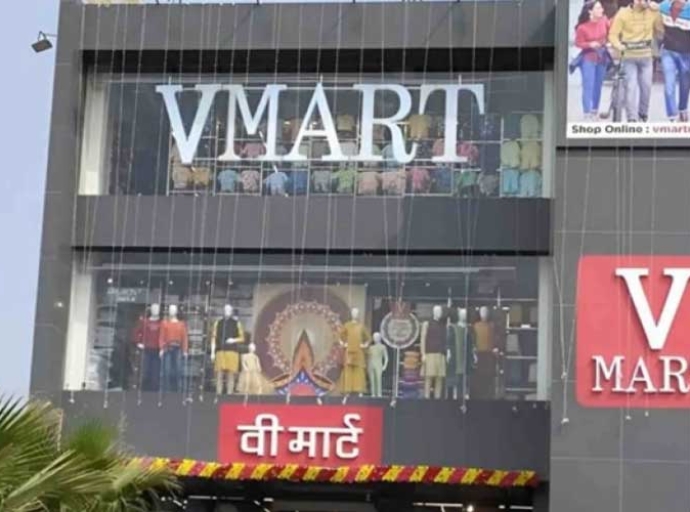02 November2022, Mumbai:
An increase in the number of wealthy people is proving to be a boon for India’s luxury industry. Sales of expensive goods from Swiss watches to upmarket homes are on the rise. Factors such as increased disposable income, rising internet penetration leading to increased awareness and exposure, the introduction of new brands in the country, and the youth purchasing luxury products in new categories are all contributing to the expansion of this industry.
Revenge spending
Post the pandemic, people are now inclined towards buying luxury and in some sense are on a spending spree that holds value and is not something that you cannot redeem in times of need. The trend of robust growth is seen as more pronounced in the premium segment than in the value segment. Ultra-high-net-worth individuals rose by 11 percent in 2021. This was the highest percentage growth of any country in the Asia Pacific region. The uptick in the number of wealthy is a boon to the luxury industry and is unlikely to wane.
The number of ultra-high-net-worth individuals in India is forecast to increase by 39 percent between 2021 and 2026. India’s luxury goods market is expected to grow by 42 percent in 2022 compared to 2021. From experiential luxury via high-priced holiday travels, big fat weddings, and fine dining experiences to purchases of sprawling residences, to name a few, the luxury goods market has witnessed a bounce back over the last two years.
This growth has been driven by accelerated digital adoption and increasing penetration in Tier 2 and smaller cities seeing the rebound in the economy. Hindsight wisdom; History will judge the rationale of the Luxury fashion market seeing growth despite the triple shock of covid, war, and heightened inflation to impact the luxury market in the recessionary environment. The moment of truth has arrived
As per different trade studies, the estimated growth trajectory of the Indian luxury goods market comprising a wide spectrum of goods as wild as personal luxury, fine spirits, lux condominiums, personal jets/yachts, luxury cars, and experiential luxury goes like this," From 2010 to 2014, India's lux segment clocked a staggering uptick of traction 74% or thereabouts. Whilst the same way estimated in the year 2021 to be in excess of a healthy $5 billion, and the good news is that it is projected to keep secularly growing incrementally by another 10% spanning coming 5-6 years".
Bull case
Outlining the bull case Morgan Stanley's Ridham Desai very recently articulated its stand on India alluding," The decade belongs to India stating emphatically that it is our decade to use or lose as it has started to see a seminal shift in the New India paradigm. Reflecting on the Indian economic landscape it is widely been hailed that India has done a lot of heavy lifting in the recent past including the measured steps taken during COVID 19 which visibly have begun to bear fruits. It further projects India to be 3rd largest economy likely to be before the end of the decade and in the same breath, there is a likelihood of it scaling to the third economy on the basis of market capitalization in the upcoming decade".
Yays
Not only that arguably it is still early days as India is been seen eating china's manufacturing share on the back of government positive policy interventions like PLI Schemes, besides being touted Post-COVID India can earn the tag of "India back office of the world" & the potential of even becoming "A factory to the world" someday.
Additionally, the theme of digitization is really playing out well driving the Indian economic landscape in the future shaping economic contours; given the way India lends, consumes, and transacts money, and outliers like the UPI Platform (digital pillar) which is already unequivocally been hailed globally by economists and experts and, a good bit is all this started when we were grappling with COVID 19.
India is been perceived to be in the sweet spot/Island of growth considering the fundamental tailwinds nation has started to experience such as the China Plus One/Europe Plus one phenomenon and the optimism is quintessential to our self-help story which is beginning to assume a meaningful part of the global supply chains.
Ushering in the golden era; the MNCs are today for once looking at India more favourably considering the way economy has pivoted itself and, finding it increasingly an attractive investment destination on the back of political stability/predictability of the policies and, which are getting secularly reflected in India's uprising global economic ranking forum in forum out.
It is no exaggeration to highlight that India is presently coming out to be an island/oasis of somewhat calm and stability resonating Pan-World and, there is a case for it given visibility on its stable macroeconomics. The good bit is the same is getting reflected in India's uprising global economic ranking forum in forum out and apparently several global rating agencies are in complete unanimity around it.
Supportive triggers are many as most of the trade observers are sanguine on India's growth story as we write factors like corporates falling short of the CAPEX on the back of sustained demand tailwind in many consumer-facing sectors; also infrastructure mindfully has been put in the place to address supply-side constraints.
To drive the point home in certain areas/facets our labour cost is much lower than even China & a case in point is the handset/electronic industry and this seminal shift quite certainly will work as a bulwark/bedrock paving way for manufacturing share increasing in our economy given some of our competing national economies are going on a roller coaster ride currently. There is a semblance that India is expected to generate 20% of the global consumption over the next 10 years; in line with the argument that our demographic pyramid has witnessed a 5x increase in the top of the Indian consumption pyramid giving rise to a sustainable/tenable big lux market.
The limited point article is making is that if we were to step back Indian market is going the same way China experienced some 15-17 years ago.
Decoding dynamics
What gives credence to this thesis is that the top executives of many global powerhouses unambiguously recognize today that Indian lux space is arriving/in the departure mode as of now. Deepika Padukone getting announced as their global ambassador for Louis Vuitton (LV) earlier this year in May'22 is a certain testimony/validation in that direction.
The digital story is real in India now. Other positive developments working in the Indian economy favour is what one is witnessing on the count of social disruption platforms like ONDC which is only promising to be a game changer/force multiplier to the economy as it has the potential of disrupting the e-commerce universe bringing on the mass merchants from street vendor/small businesses to the e-commerce existing platforms all on one platform and, is set to change how the commerce and businesses are run forever given its scale n size.
The way digital solutions are been delivered it will perenially give a great fillip to the nation's economy.
Furthermore, a targeted/calibrated government support system made sure the economy didn't get severely hurt and carefully navigated the pandemic. Key Challenges The Luxury Market Faces Albeit near-term triggers are lying with the US rather than India as no economy is decoupled/insulated/isolated in the connected world.
Again, no economy can afford to take the eye off the ball. The article is looking @ the unfolding dynamic geopolitical situation that the world is starting to see to gauge 'What Can Go Wrong'. The bottom of the pyramid will gain the most in the long term though currently, it's in distress as inflation is biting the common man more than anyone else.
Mehs
Many experts admit in private conversations that the economy faces spillovers from conflict; Spillovers through trade linkages are a real concern today than ever before, and nobody would have ever forecasted covid. Hopefully, we will not get any unforeseen shocks back home or globally.
Energy price shock can be a disturbing shock no less than an economic tsunami as the shortage of natural resources can wreak havoc anywhere in any nation. Putting it in the present context, Make no mistake global risks remain on the horizon to cloud the economic outlook and there is no running away from it.
Adding to the woes is a falling global growth trajectory leading to demand shocks, embattled global supply chains are fuelling what we know as elevated volatility in import, export, and producer, which has a bearing on consumer spending/sentiments thus pushing consumers holding back spending on the discretionary articles in this war like situations as the concerns are only rising.
Latest Publications


































